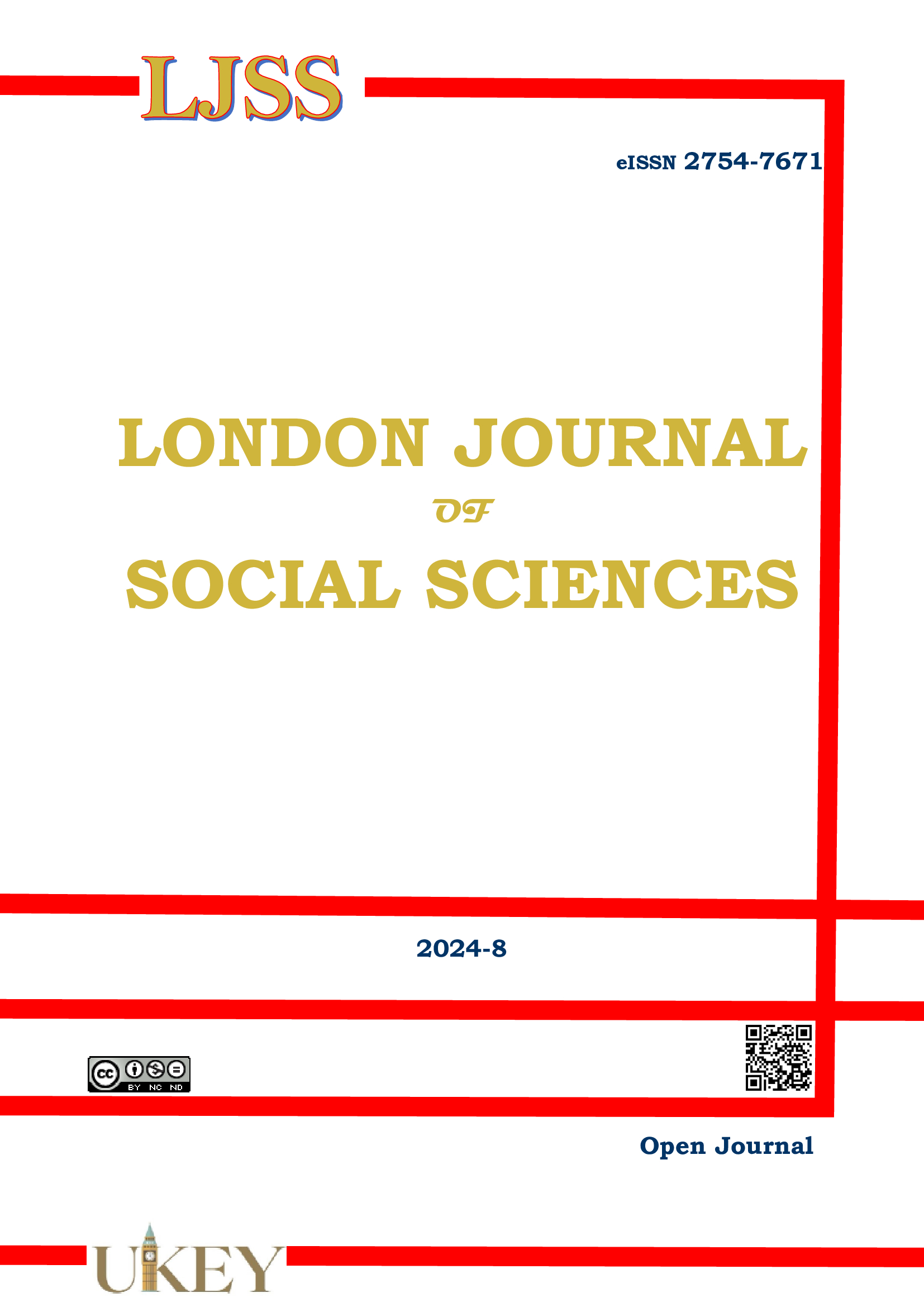Additive manufacturing in the development of low-cost immersive virtual reality solutions for education: a study with google cardboard
DOI:
https://doi.org/10.31039/ljss.2024.8.209Keywords:
3D Printing, Fused Deposition Modelling, Learning, Smartphone, 3DOF, 6DOFAbstract
Virtual Reality (VR) is a technology that makes it possible to create simulated worlds using computer systems. This study presents a proposal to develop a Google Cardboard prototype using additive manufacturing. The central aim of the study is to contribute to the understanding of low-cost Immersive Virtual Reality (IVR) alternatives; to assist in the scientific-technological development of IVR solutions; and to contribute to technological development and access in a social context and to the preservation of the environment through sustainable technological solutions. Developed in two stages, the theoretical foundation aimed to systematize and understand the concepts involving VR, low-cost solutions for VR - specifically Google Cardboard - and additive manufacturing. The experimental research involved producing the Google Cardboard from the specifications provided by the company, creating a digital model of the display, printing the 3D model and testing the prototype developed. The results of the study indicate that additive manufacturing could be a promising technology for developing low-cost and sustainable VR solutions. The use of filaments made from recyclable materials, such as PET, can help reduce the environmental impact of this type of technology, as well as providing the possibility of social transformation. Therefore, this study contributes to advances in the development of accessible and sustainable solutions in VR, cost reduction, the evolution of Google Cardboard and understanding of the concepts involved. Limitations include the lack of tests with real users and the failure to investigate the impact of focal distance on visual comfort.
References
Assumpção, J. P. F. & Cuperschmid, A. R. M. (2021). Asociación de realidad aumentada yaeronaves no tripuladas : investigaciones y oportunidades emergentes en aeco. Revista De Ciencia Y Tecnología, (35), 22-29. https://doi.org/10.36995/j.recyt.2021.35.003
Cipresso, P., Giglioli, I. A. C., Raya, M. A., & Riva, G. (2018). The past, present, and future of virtual and augmented reality research: a network and cluster analysis of the literature. Frontiers in Psychology, 9, 2086. PMid:30459681. http://dx.doi.org/10.3389/fpsyg.2018.02086
Earnshaw R. A. Gigante M. A. & Jones H. (1993). Virtual reality systems. Academic Press.
Google A. Google Cardboard – Google VR [Online]. Disponivel em: https://arvr.google.com/cardboard/. [Acessado em: 15 Setembro 2023].
Google B. Open Source Cardboard SDK - Google for Developers [Online]. Disponivel em: https://arvr.google.com/cardboard/. [Acessado em: 15 Setembro 2023].
Google C. It's your turn to make it - Cardboard - Google for Developers [Online]. Disponivel em: https://developers.google.com/cardboard/manufacturers?hl=pt-br. [Acessado em: 20 Setembro 2023].
Cheong, K. H., Lai, J. W., Yap, J. H., Cheong, G. S. W., Budiman, S. V., Ortiz, O., & Yeo, D. J. (2023). Utilizing Google cardboard virtual reality for visualization in multivariable calculus. IEEE Access, 11, 75398-75406. https://doi.org/10.1109/access.2023.3281753
Hale, Kelly S.; Stanney, Kay M. (Ed.). Handbook of virtual environments: Design, implementation, and applications. CRC Press, 2014.
Matthews, D. (2018). Virtual-reality applications give science a new dimension. Nature, 557(7703), 127-128. PMid:29713071. http://dx.doi.org/10.1038/d41586-018-04997-2
Oliveira, E. L. D., Dias, K. P., Gilapa, L. C. M., & Hesse, R. (2018). Estudo da resistência mecânica nos prototipos fabricados atraves do processo fdm. Anais Do Encontro Nacional De Engenharia De Produção. https://doi.org/10.14488/enegep2018_tn_wic_262_507_35800
Souza Filho, B. A. B. De ., & Tritany, É. F. (2022). Realidade virtual imersiva nos Cuidados Paliativos: perspectivas para a Reabilitação Total. Cadernos Brasileiros De Terapia Ocupacional, 30, e3024. https://doi.org/10.1590/2526-8910.ctoARF22923024
Volpato, N; Carvalho, J. de. Introdução à manufatura aditiva ou impressão 3D. In: organização de Volpato, N. Manufatura Aditiva: Tecnologias e aplicações da impressão 3D. São Paulo: Blücher, 2017.
Downloads
Published
How to Cite
Issue
Section
License
Copyright (c) 2024 Ivan Ferreira Martins

This work is licensed under a Creative Commons Attribution-NonCommercial-NoDerivatives 4.0 International License.
You are free to:
Share: copy and redistribute the material in any medium or format. The licensor cannot revoke these freedoms as long as you follow the license terms. Under the following terms: Attribution-NonCommercial-NoDerivatives-No additional restrictions.
Authors retain copyright and agree to license their articles with a Creative Commons Attribution-NonCommercial-















